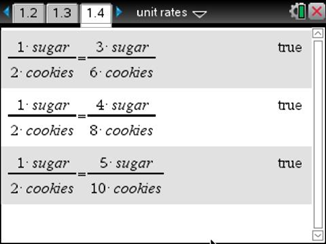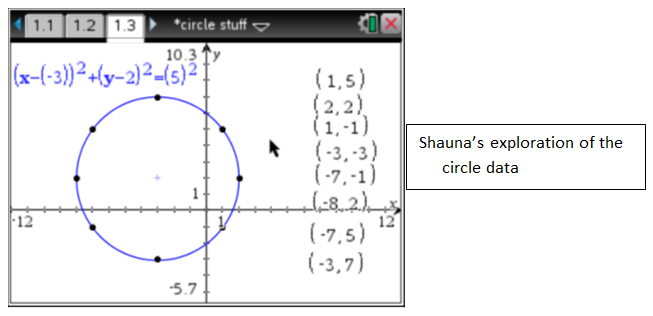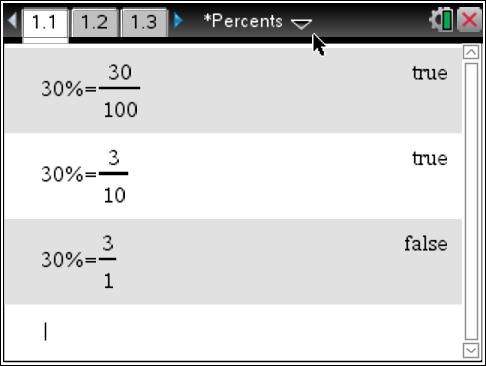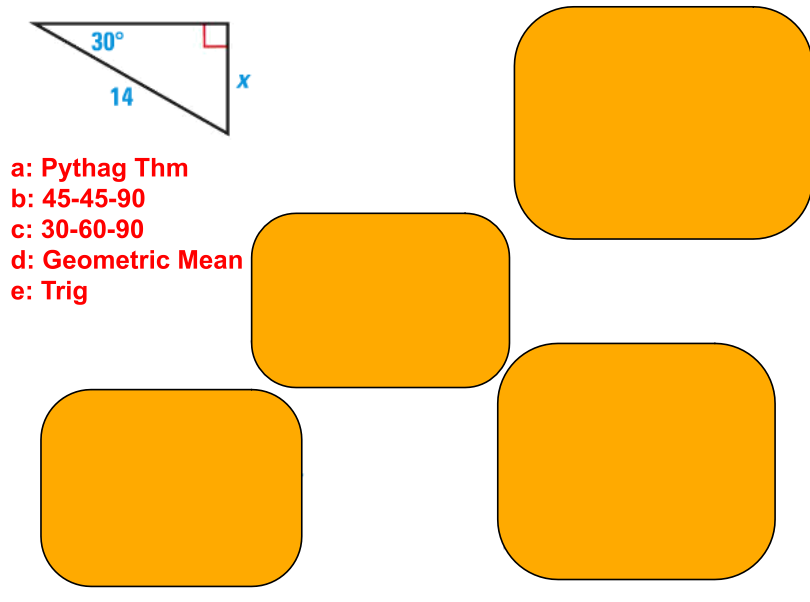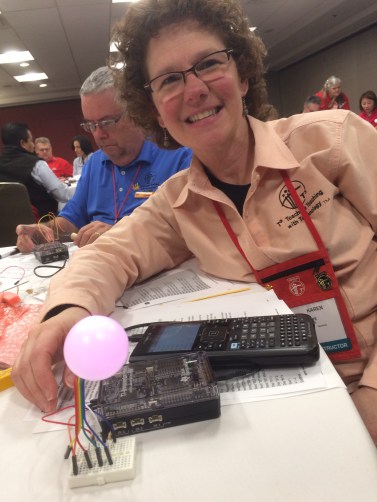
In The Zone
Teachers Teaching with Technology International Conference I attended the Teachers Teaching with Technology (T-cubed) International Conference this past spring in Chicago, and my four days were chock-full of thought-provoking sessions and conversations. As expected, there was much talk about technology in math and science classes, but there was also a great deal of discussion concerning thinking about teaching and learning in math and science classes. Here are some of my take-aways: 1. Get out of your comfort zone into the “learning zone" In order to learn something new, get out of established routines (about doing math, about teaching math) and try another technique or perspective. I pushed myself to learn about topics that are not my specialty, things I might have otherwise avoided.I tried coding some…
